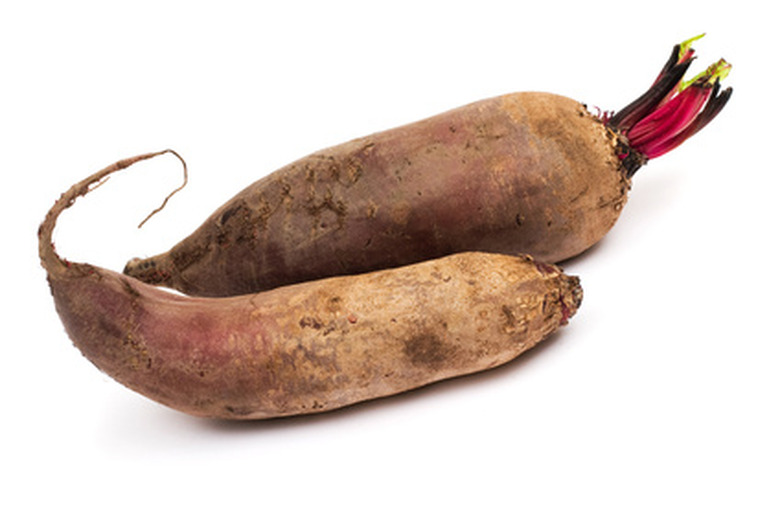How To Plant Sugar Beets In East Texas
Things Needed
- Rototiller
- Garden rake
- Compost
- Manure
- Beet seed
- Garden Hose
Gardeners in East Texas face the dual challenges of long, hot summers and heavy clay soil. East Texas falls between USDA hardiness zones 6 through 8. And while winters there can be quite mild, summers can cause plant-wilting temperatures that soar as high as 100 degrees. One crop that will grow well in the East Texas climate is sugar beets. Sugar beets are hardy to USDA zone 8 and can be raised for sugar or as a source for biofuel.
Step 1
Select a location in full sun for your sugar beets. Sugar beets like full sun and well-drained soil.
- Gardeners in East Texas face the dual challenges of long, hot summers and heavy clay soil.
- One crop that will grow well in the East Texas climate is sugar beets.
Step 2
Break up your soil to a depth of 8 inches with a rototiller. Rake the soil to remove large debris such as rocks and sticks.
Step 3
Purchase soil amendments that will add nutrients to the soil for your sugar beets. Heavy East Texas clay will grow sugar beets well if it is amended with compost and well-rotted manure.
Step 4
Spread soil amendments over the surface of your soil to a depth of 4 inches. Mix these amendments into the soil by passing your rototiller over the soil again.
Step 5
Time planting sugar beets for fall or early spring. Sugar beets grow well when optimal daytime temperatures rise to at least 65 degrees Fahrenheit and nightly temperatures remain above 40 degrees.
- Break up your soil to a depth of 8 inches with a rototiller.
- Mix these amendments into the soil by passing your rototiller over the soil again.
Step 6
Create furrows in your soil. Sugar beet seed should be planted in furrows that are twice as deep as the beet seed diameter. Seeds should be spaced 2 inches apart.
Step 7
Water the seed beds until the soil is as wet as a wrung-out sponge. Check soil daily and water any time it appears dry.
Step 8
Thin seedlings until the plants are 4 inches apart . Allow the beets to grow until they reach the desired size.
- Create furrows in your soil.
- Water the seed beds until the soil is as wet as a wrung-out sponge.
Tip
Have a soil test conducted on your soil. Texas A&M University maintains a soil, forage and water testing facility in conjunction with its community and continuing educational program. Your county extension agent can instruct you on how to collect a soil core sample, how to package it and where to send it as well as fees that apply.
